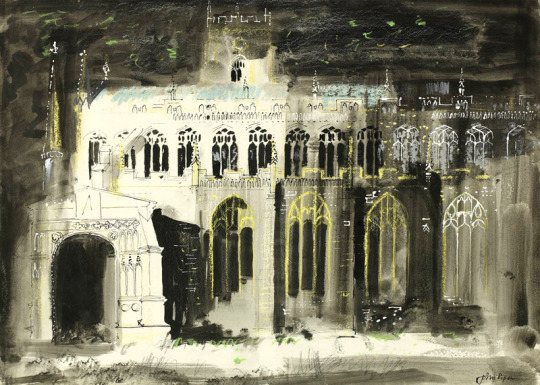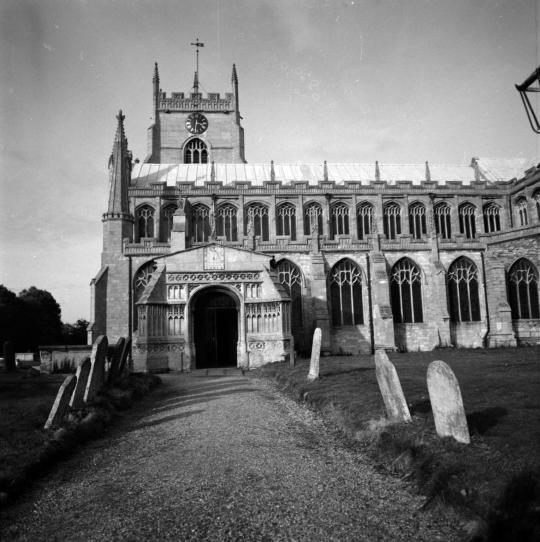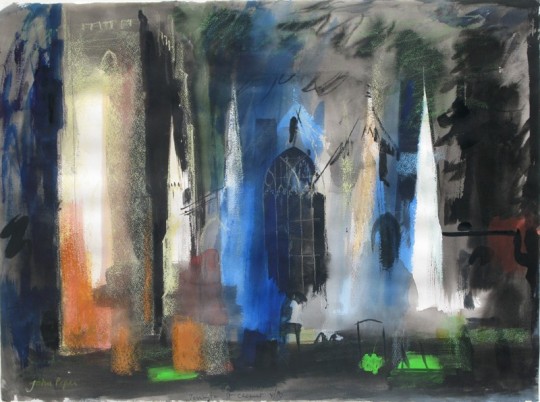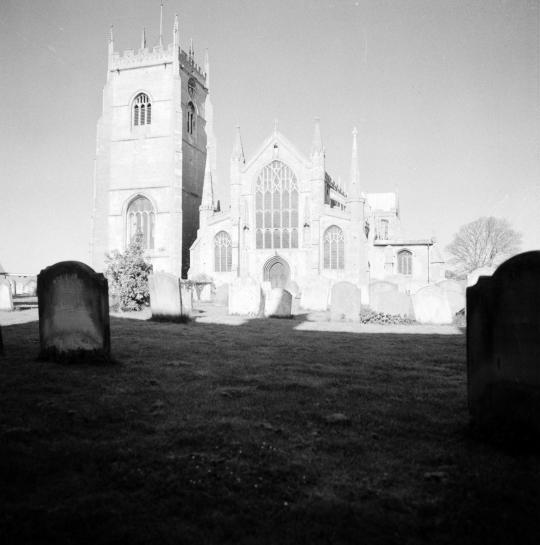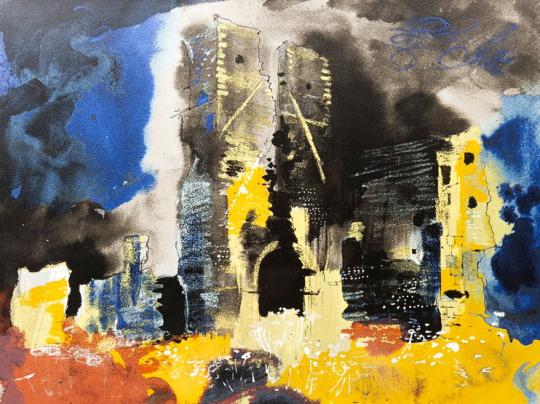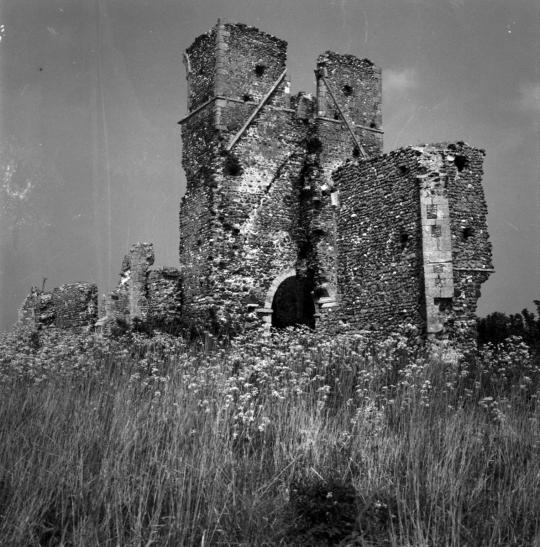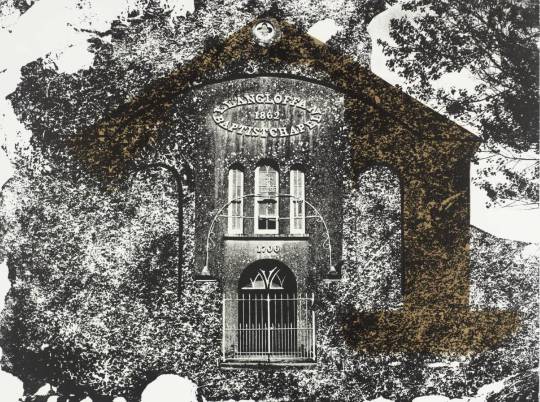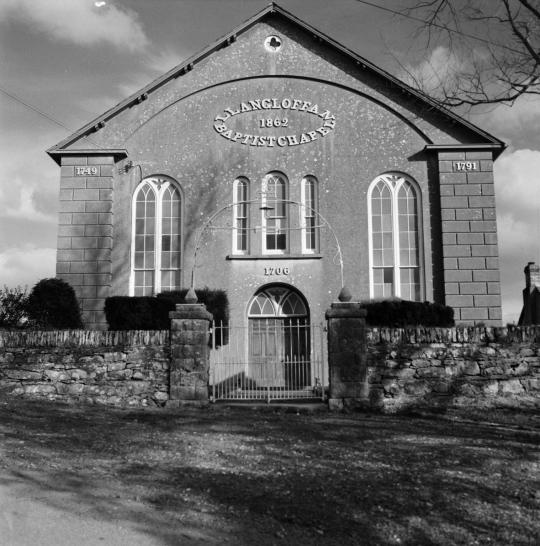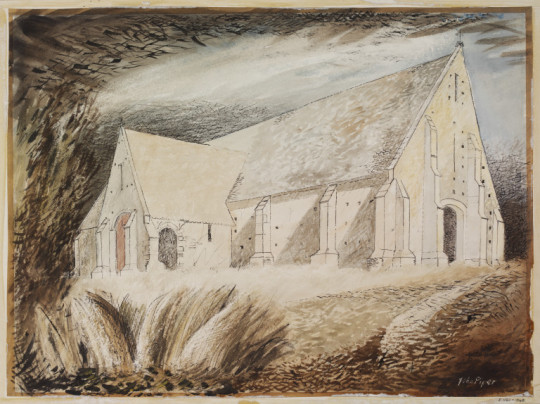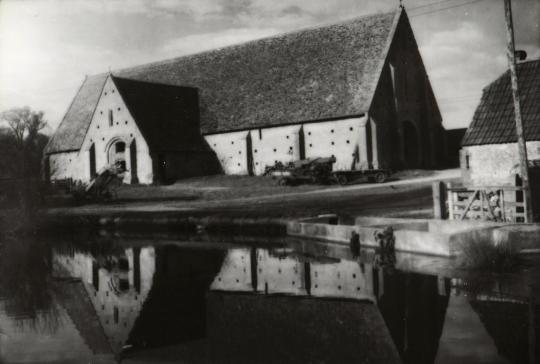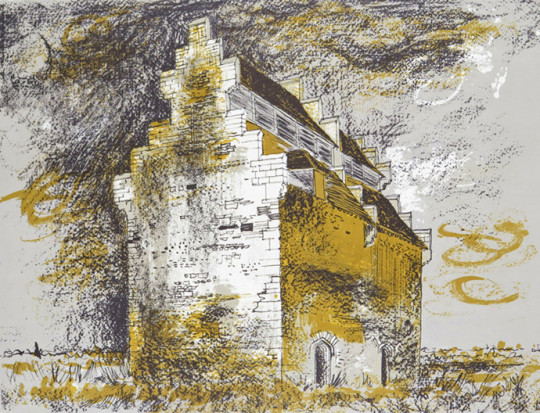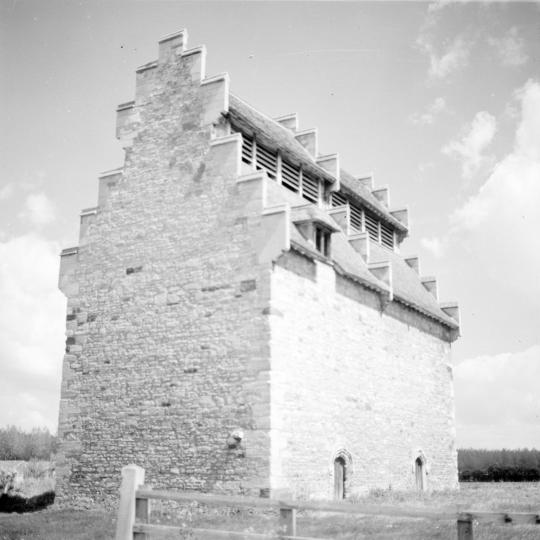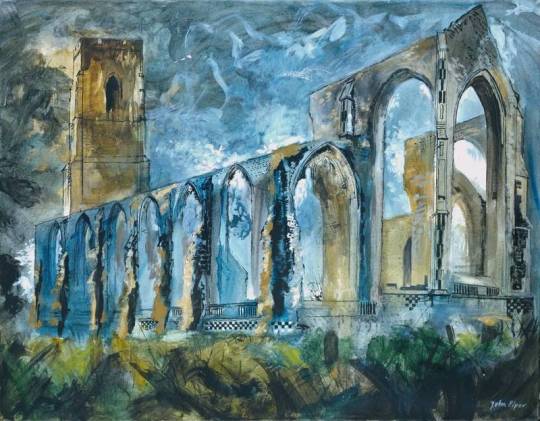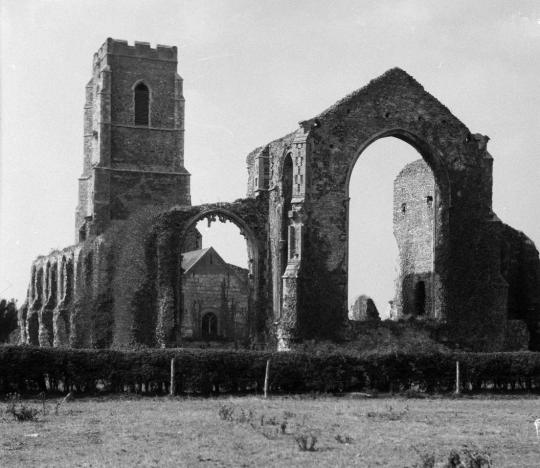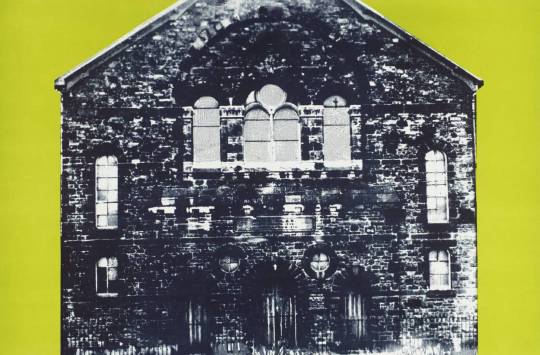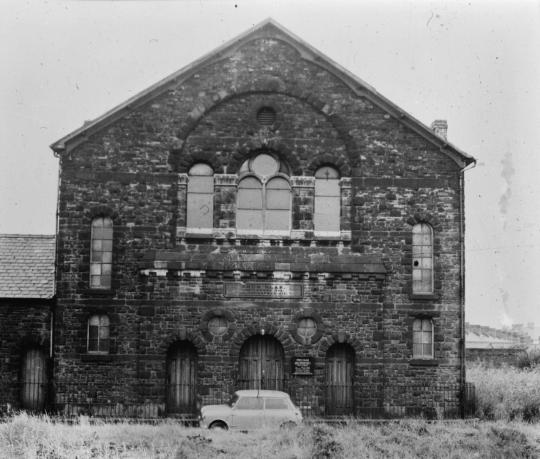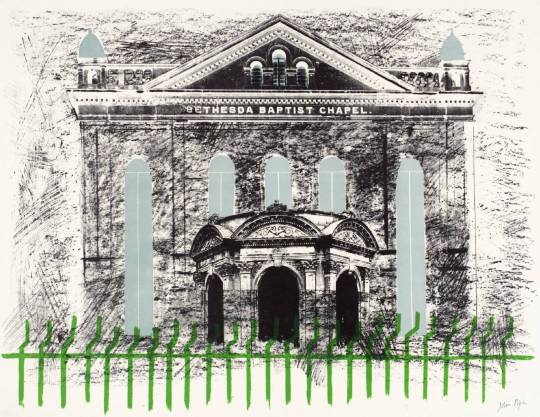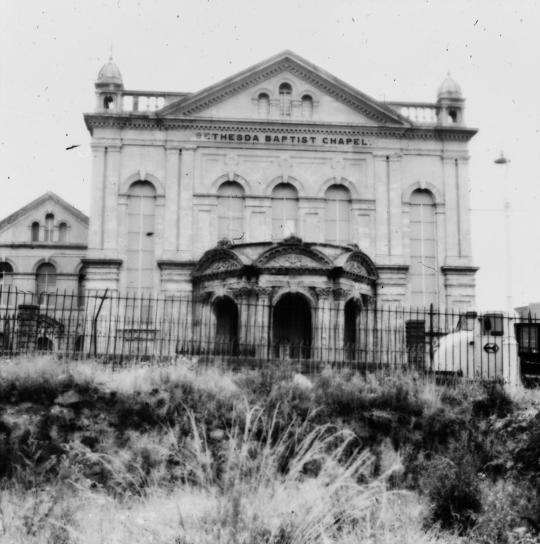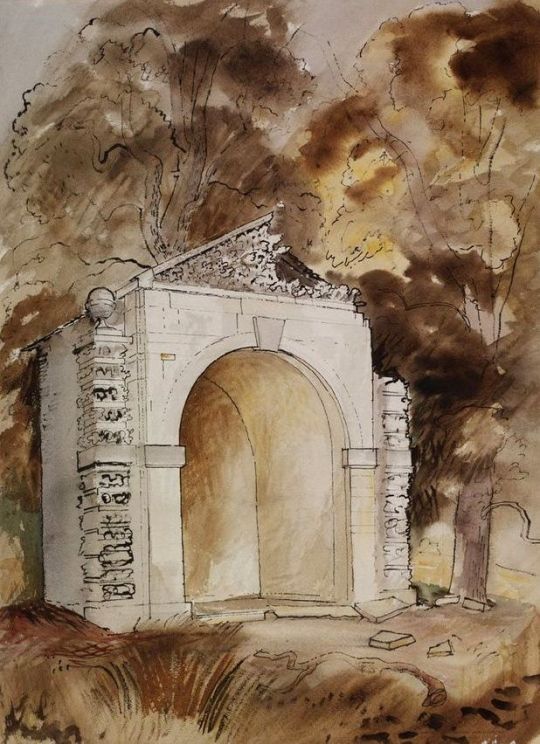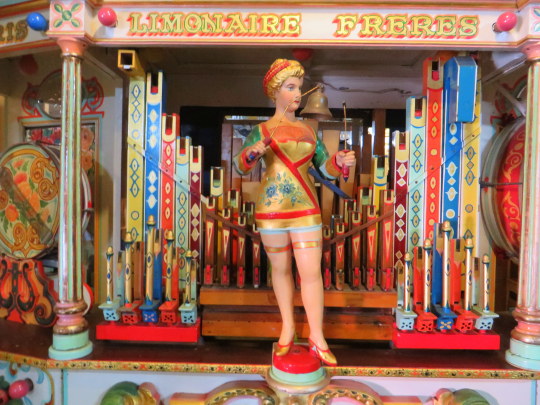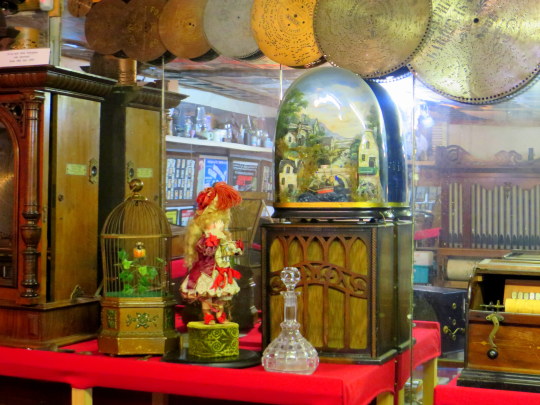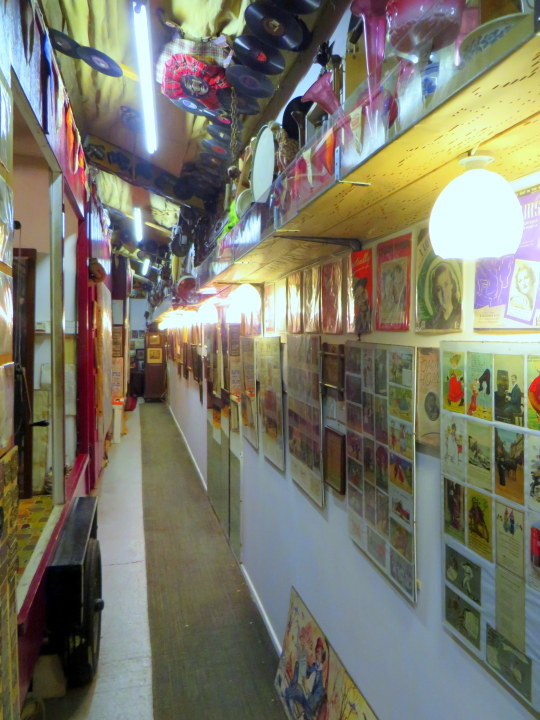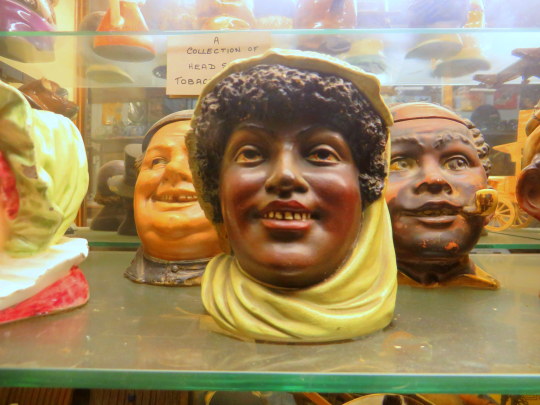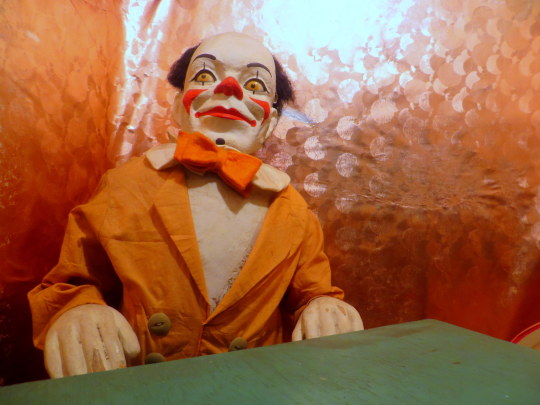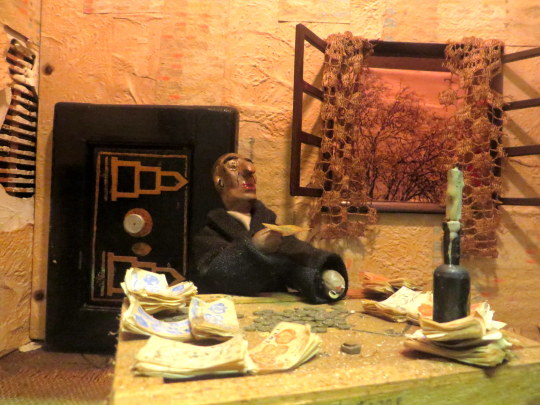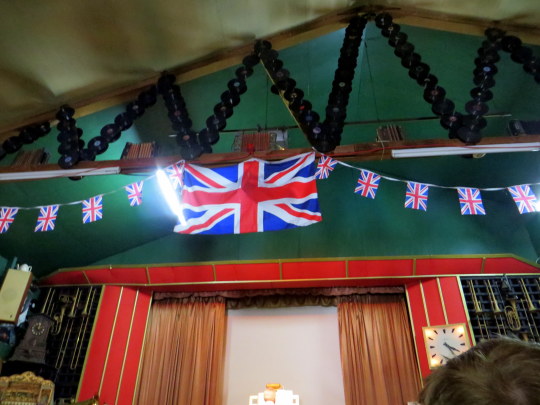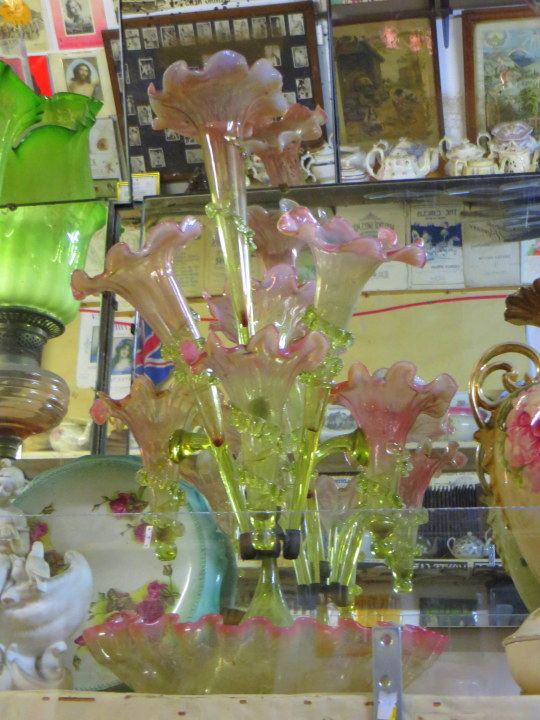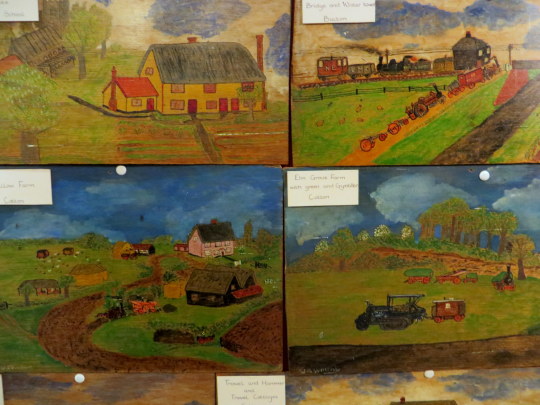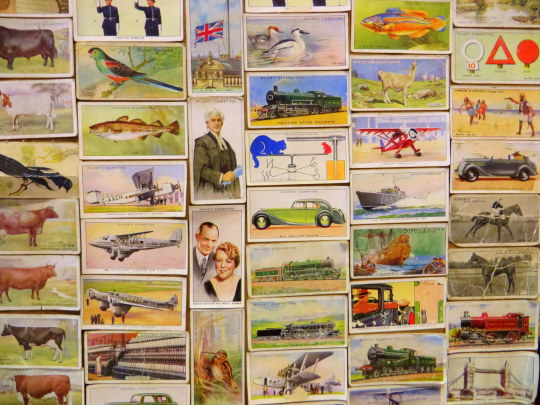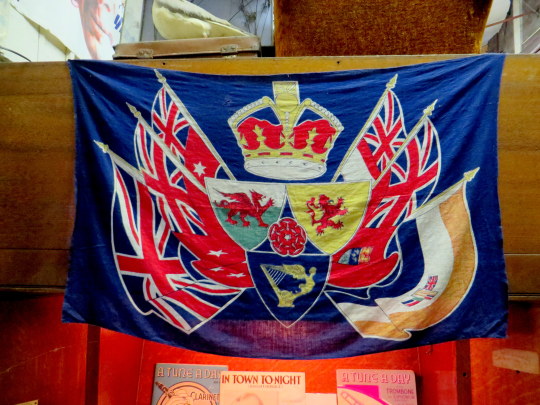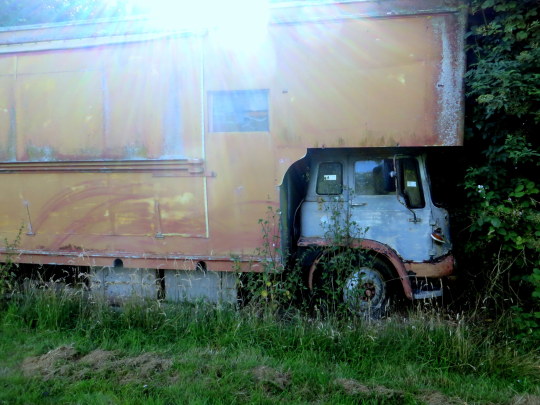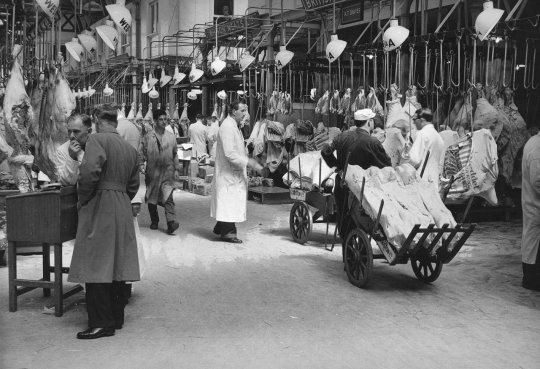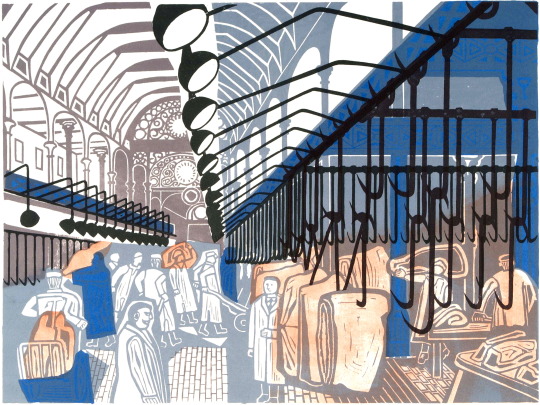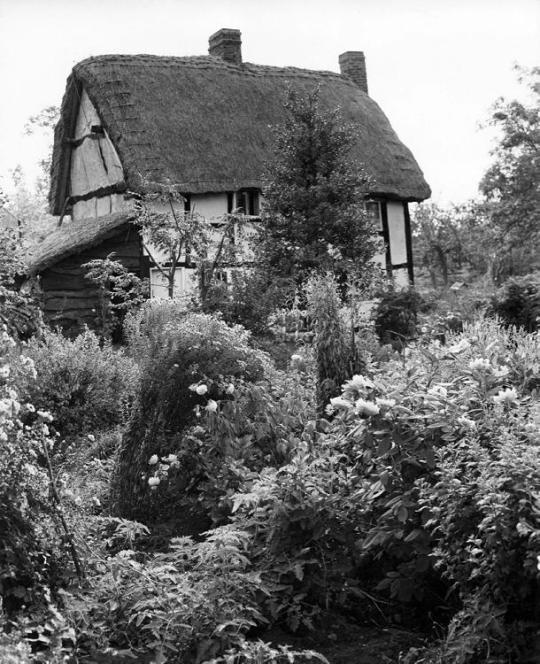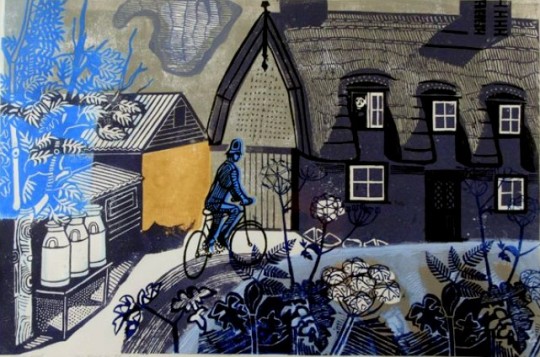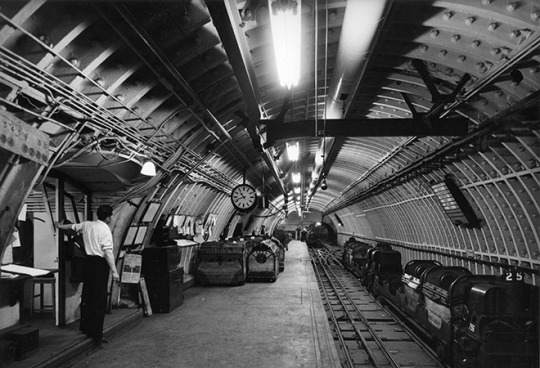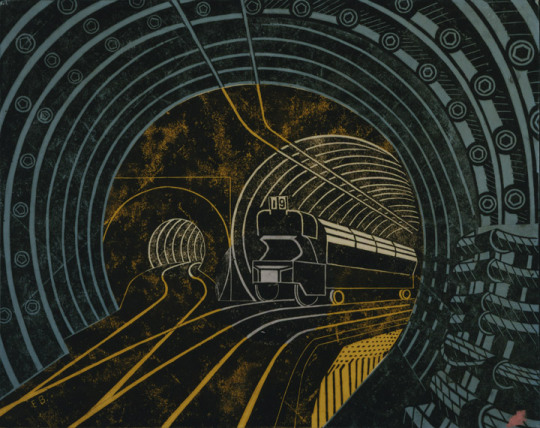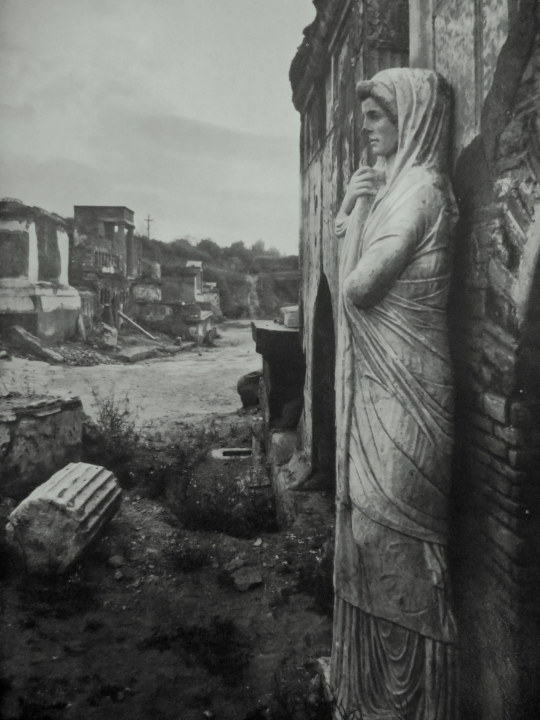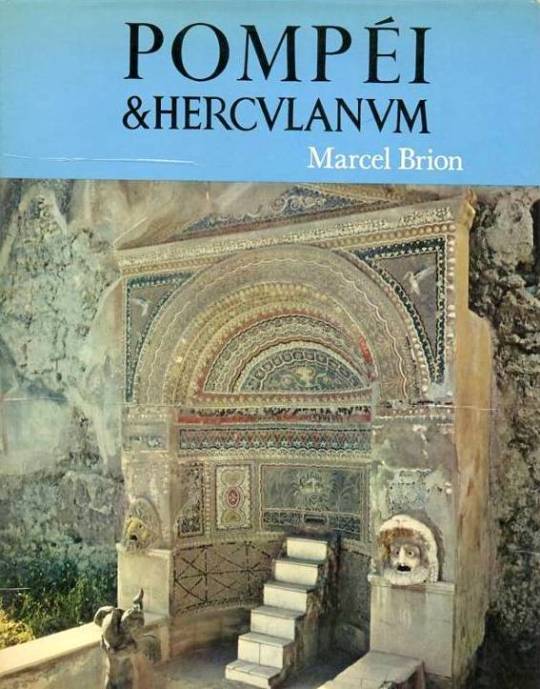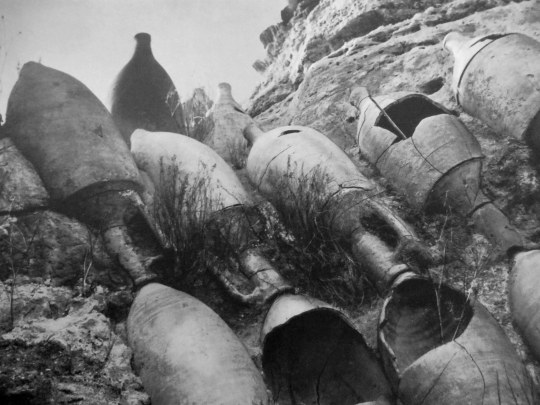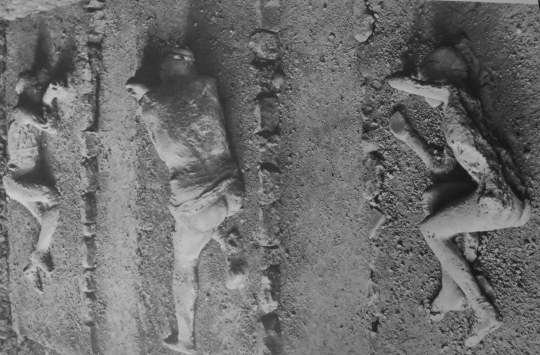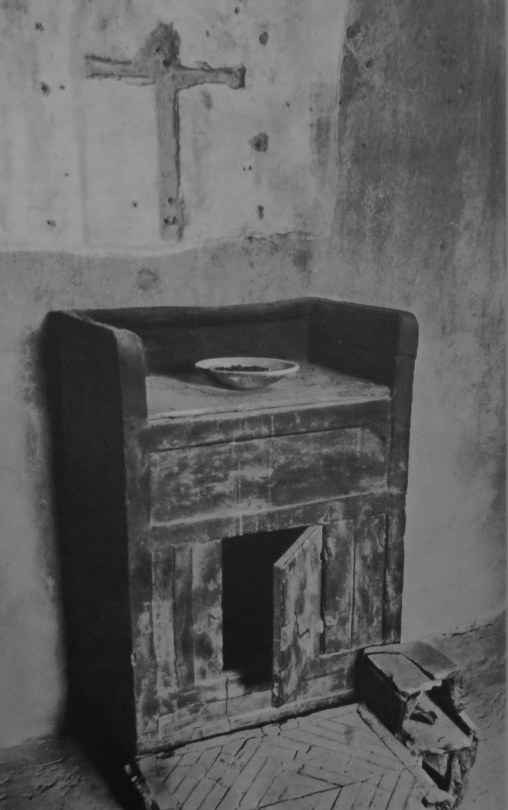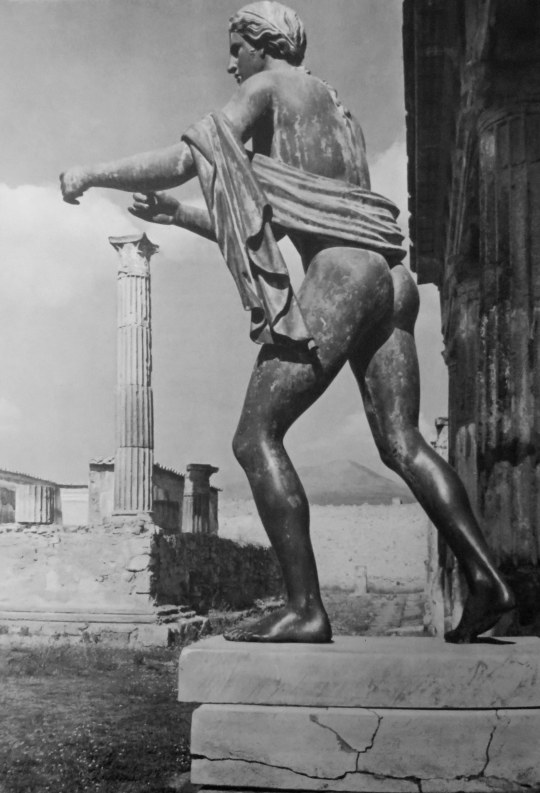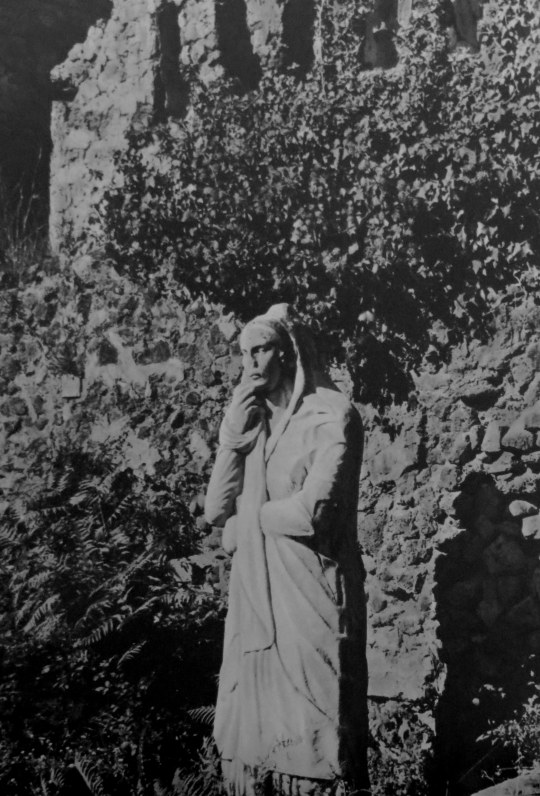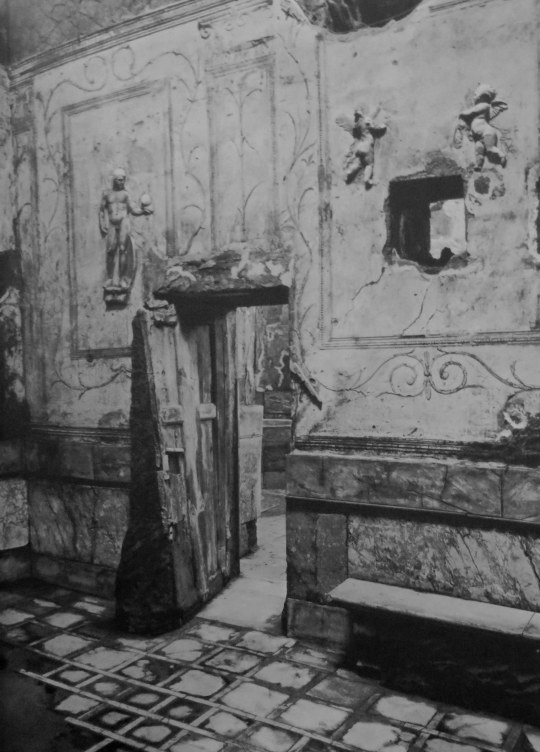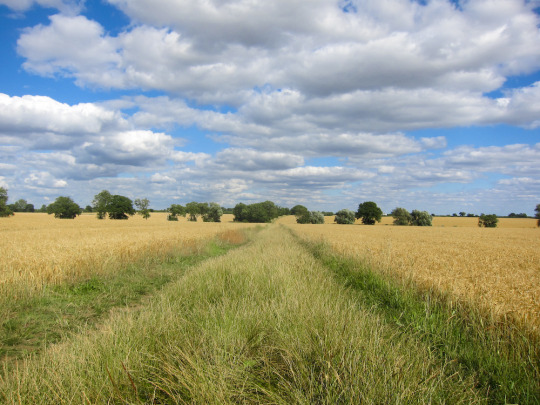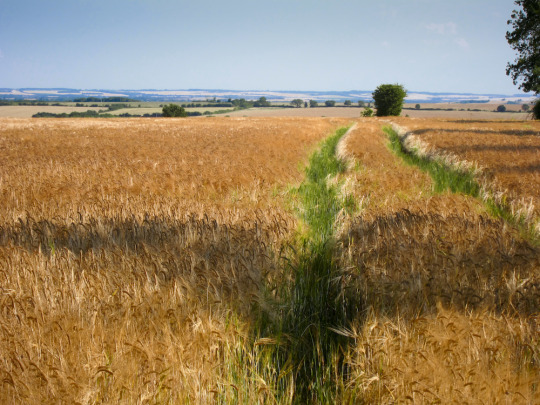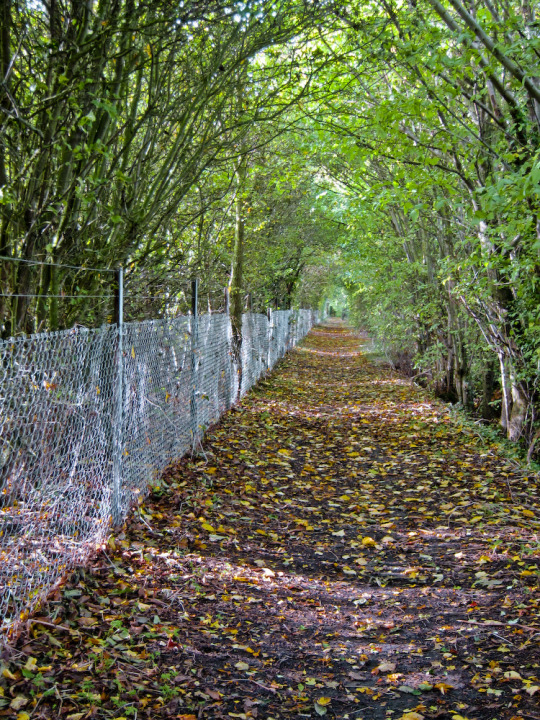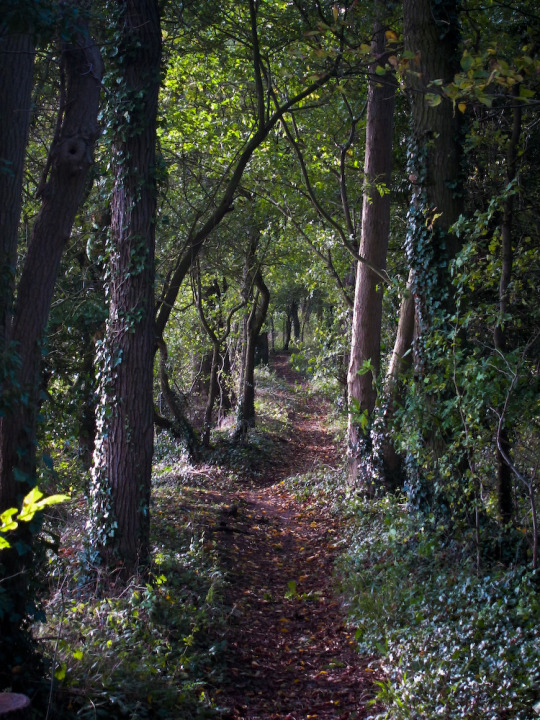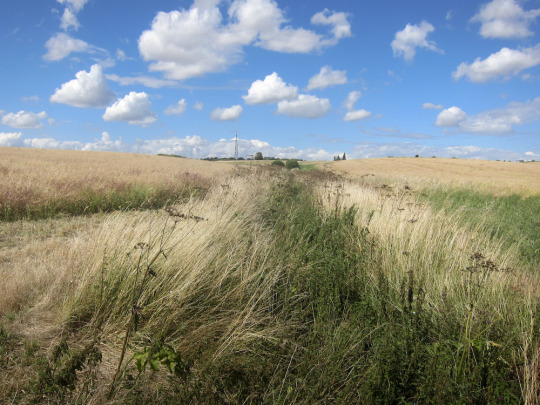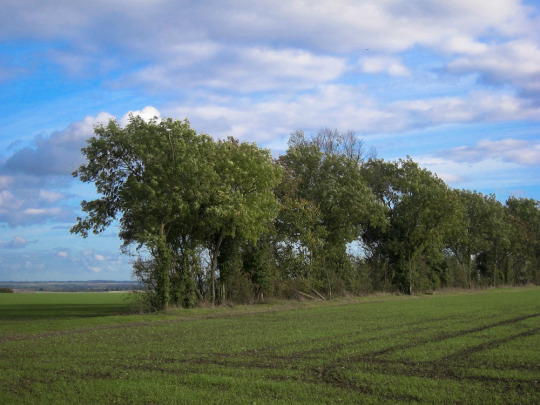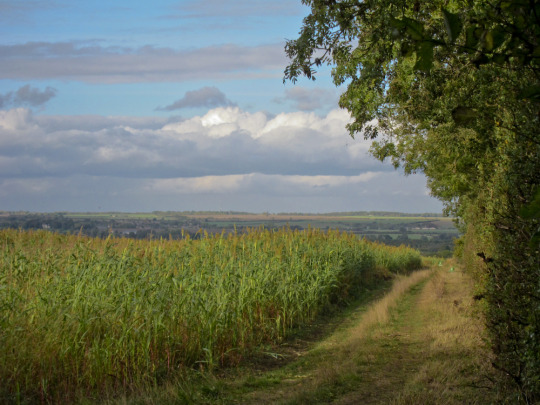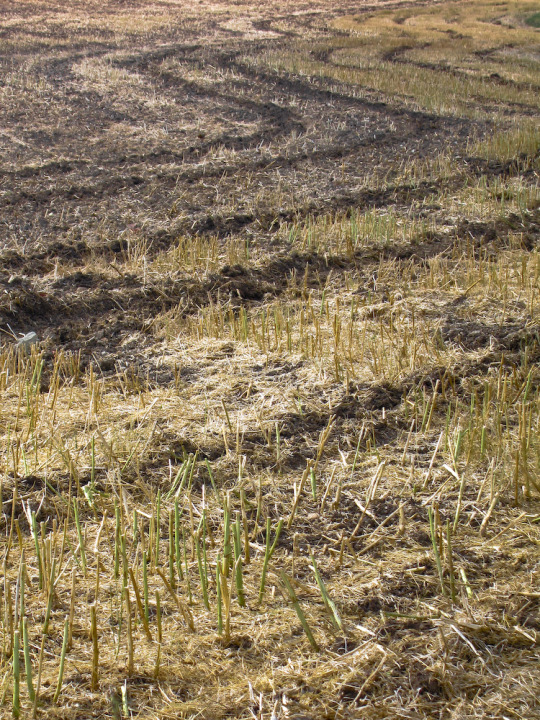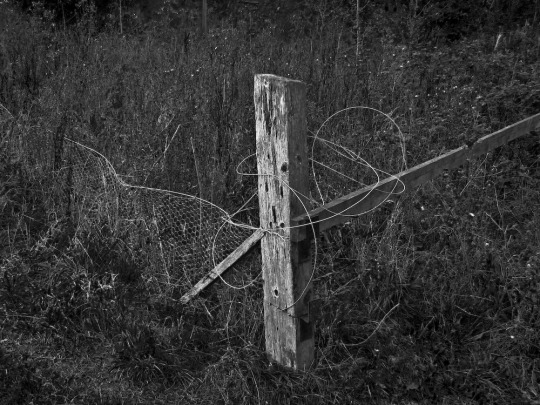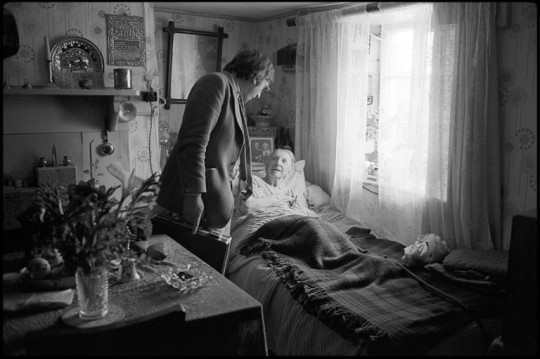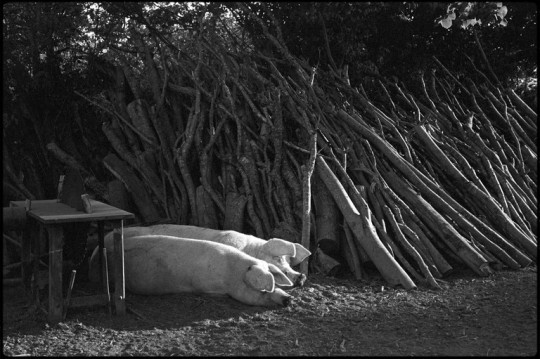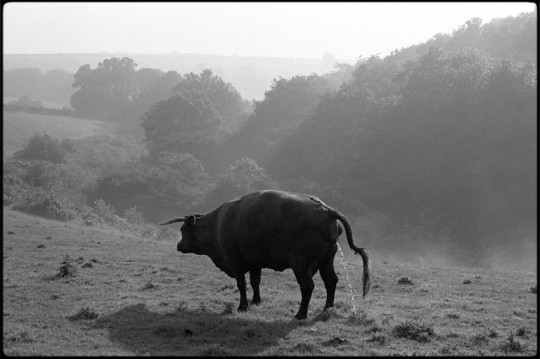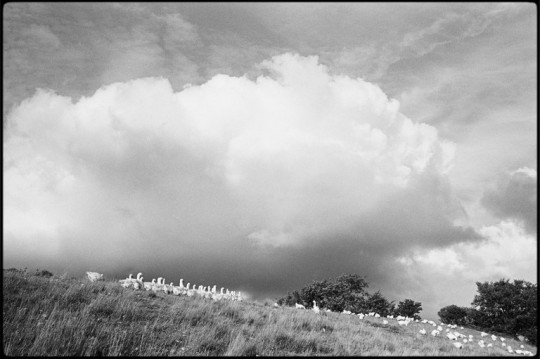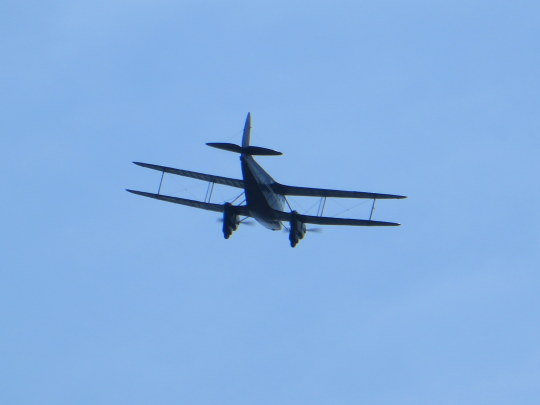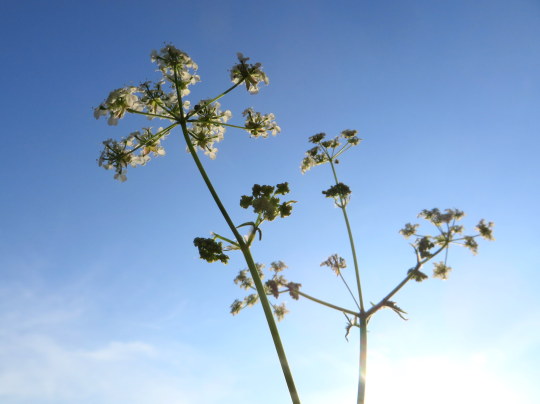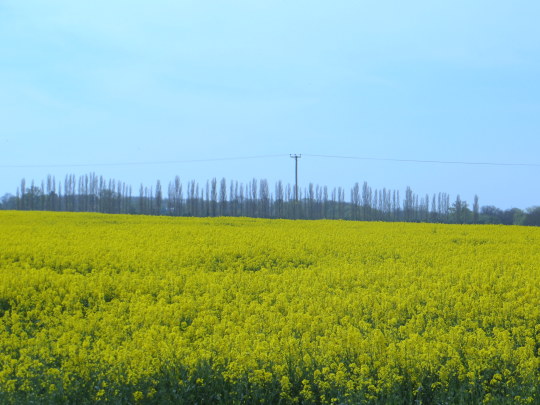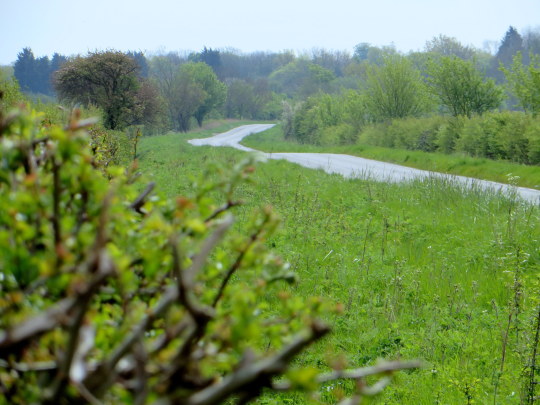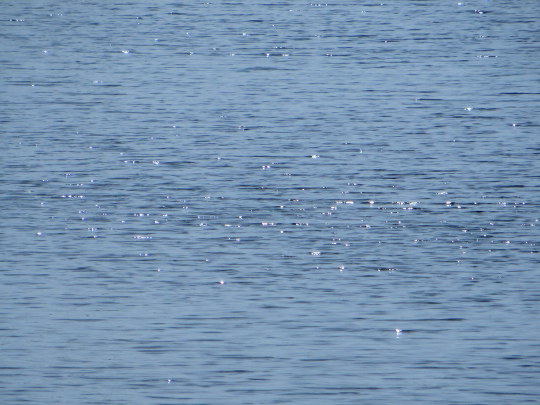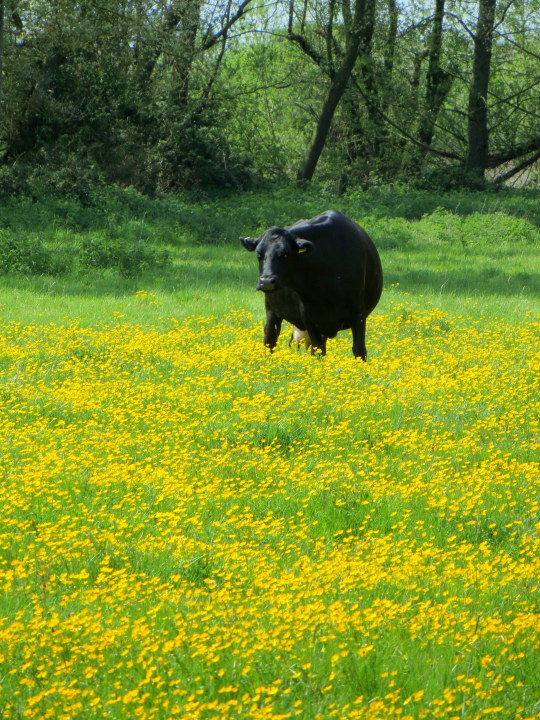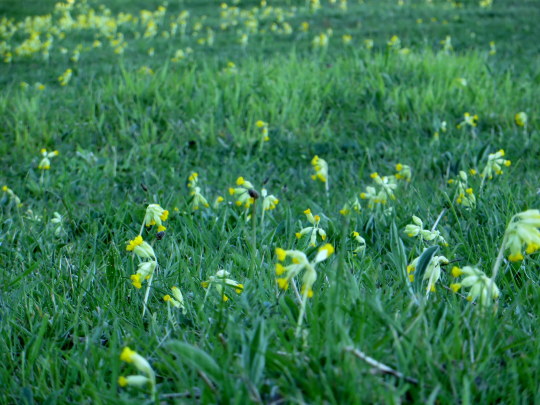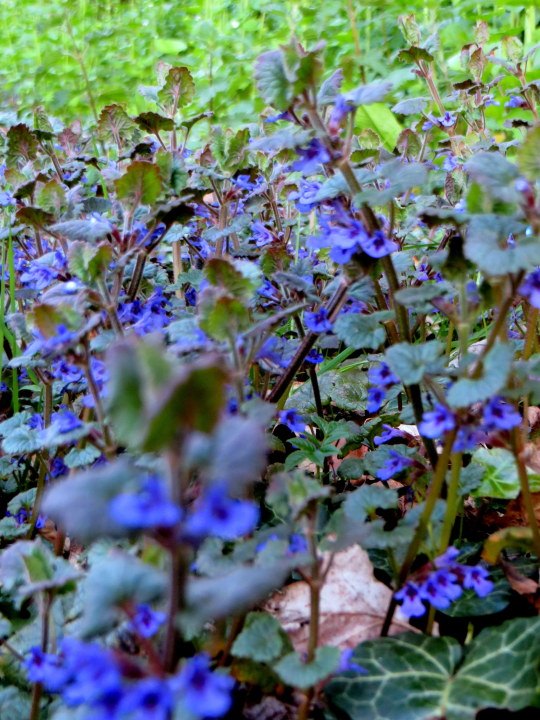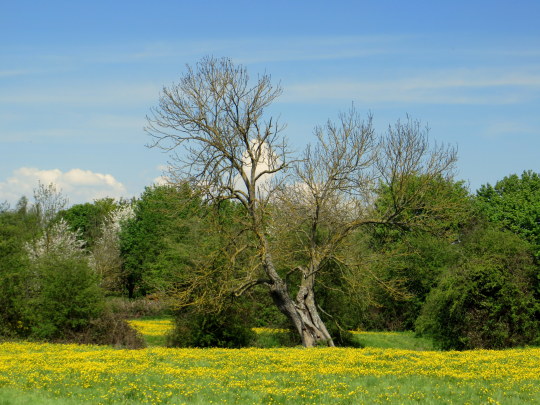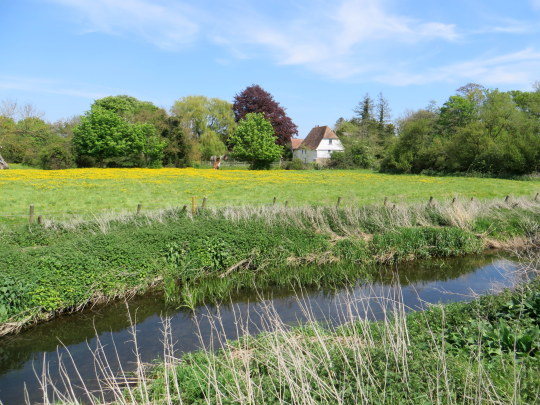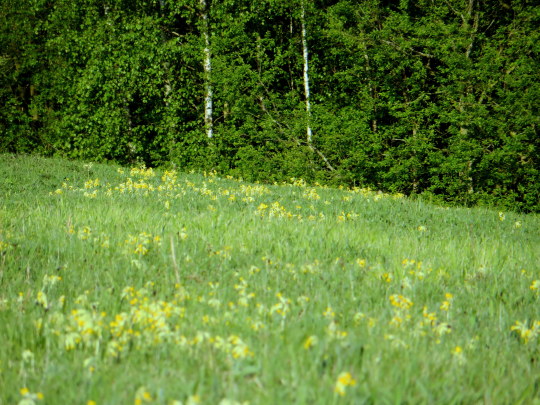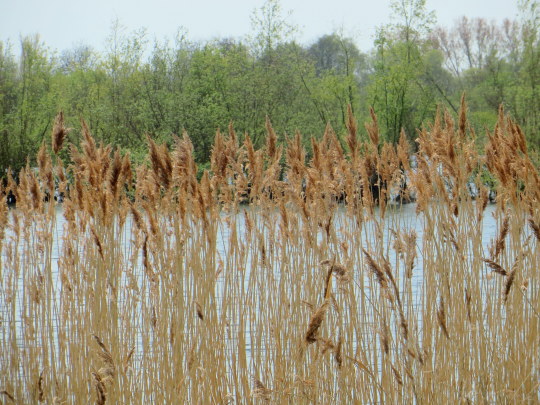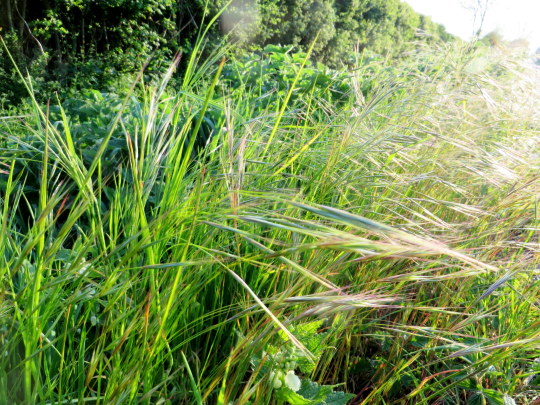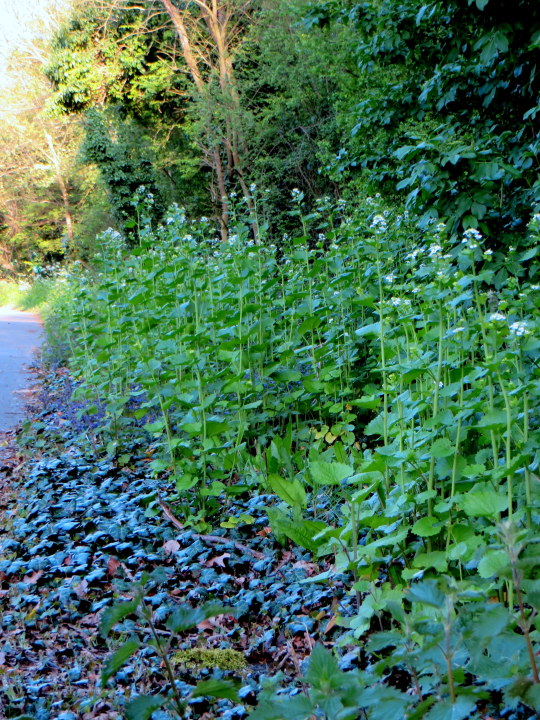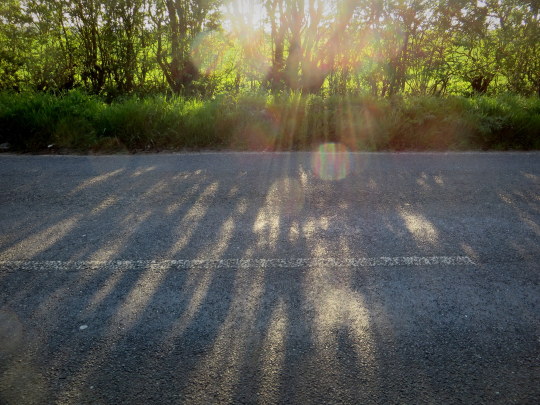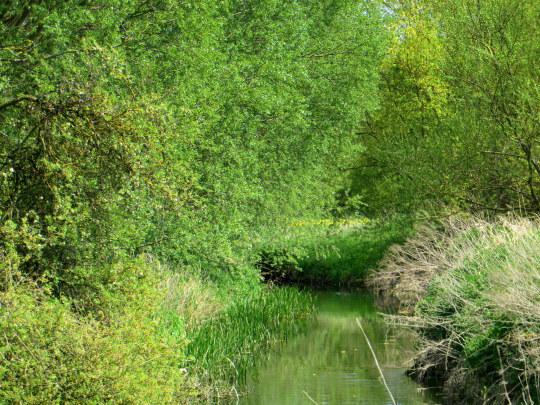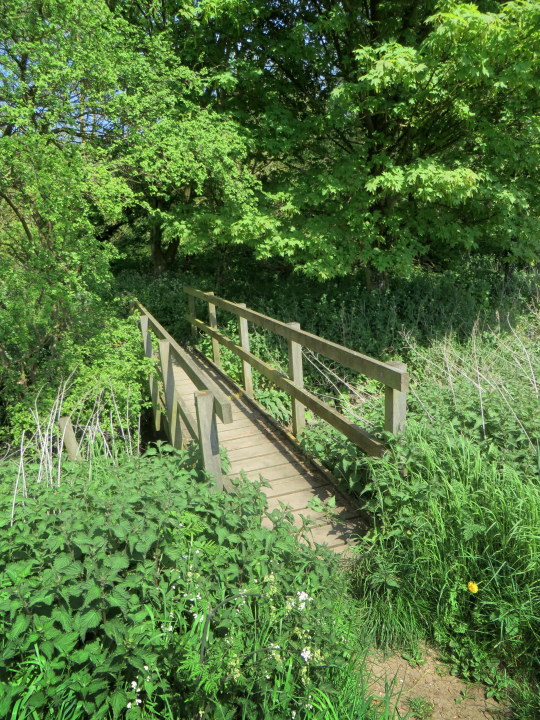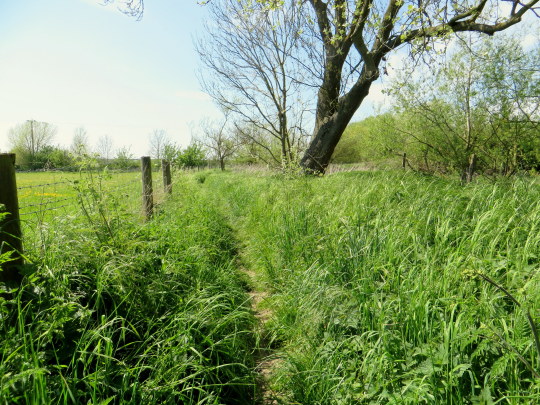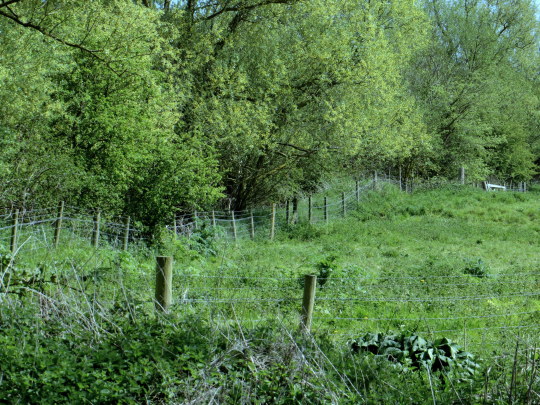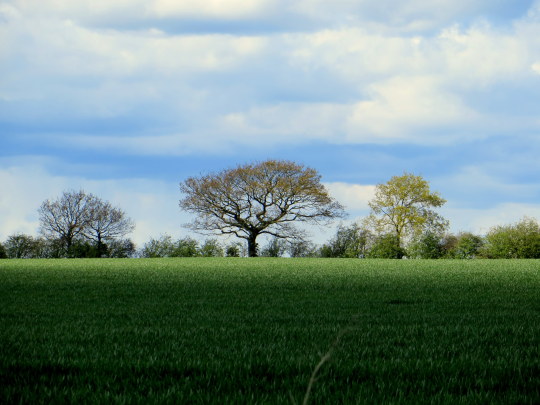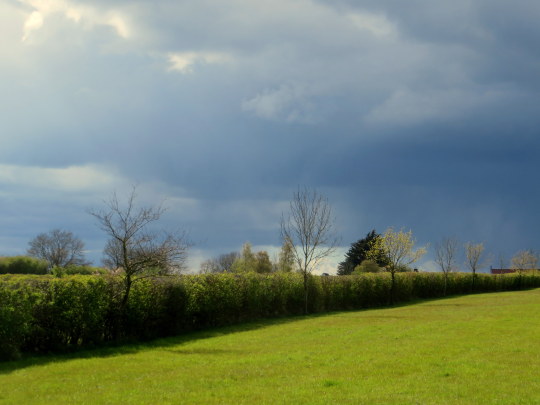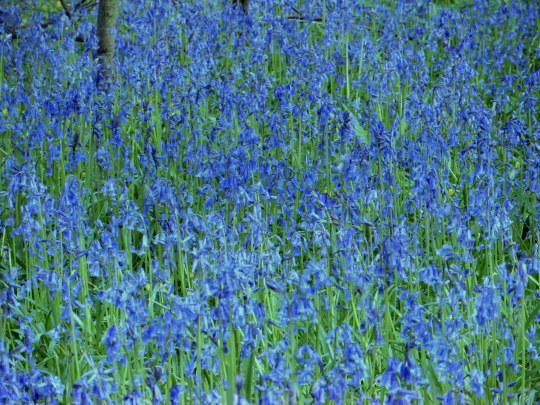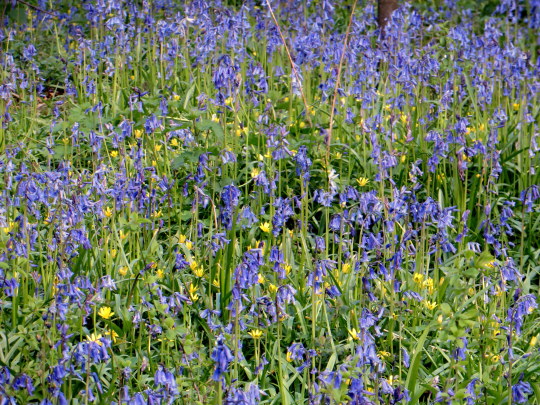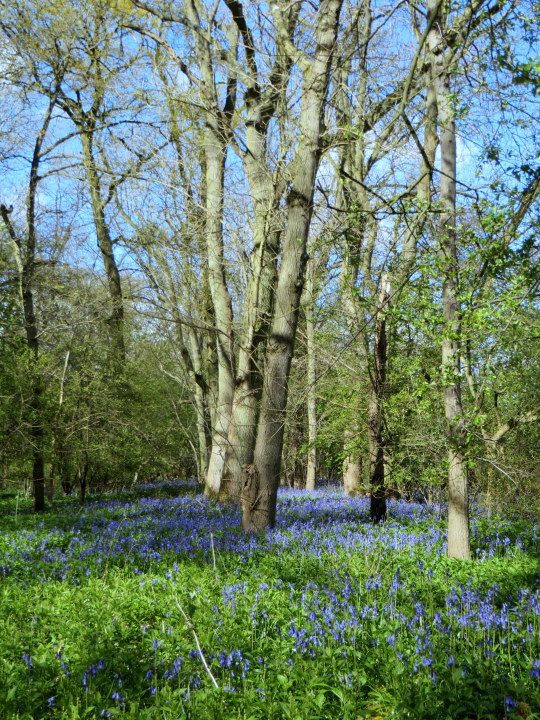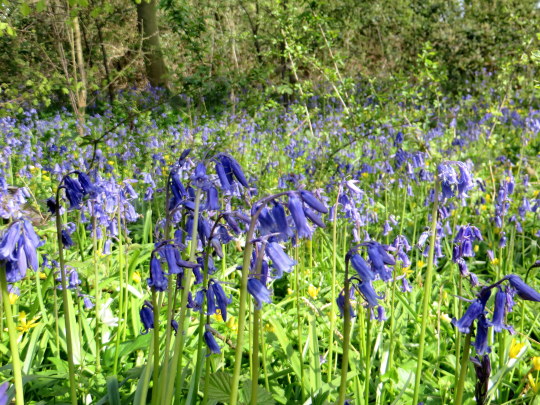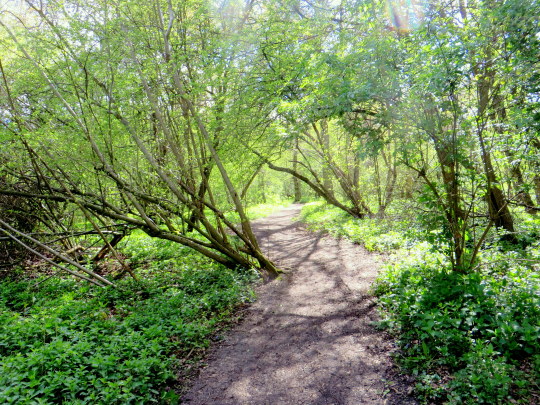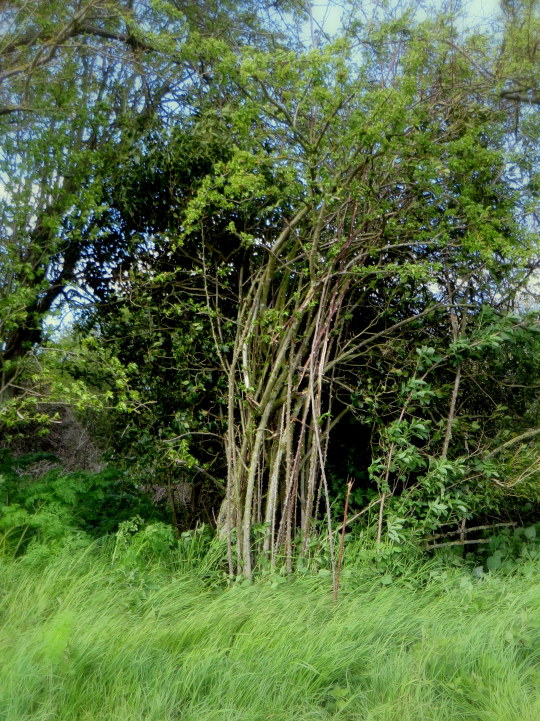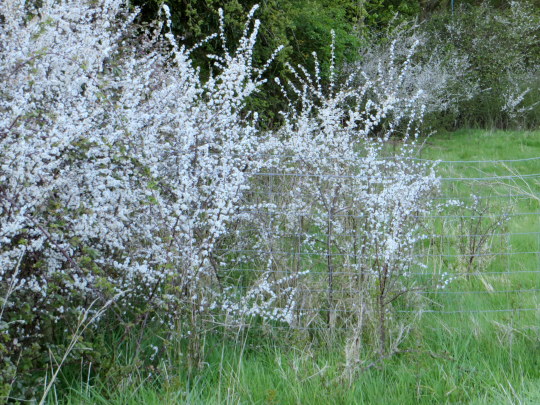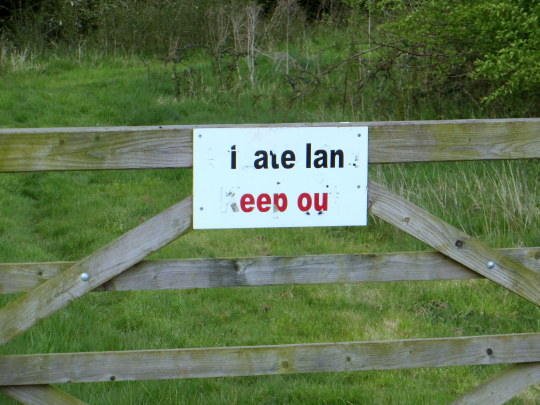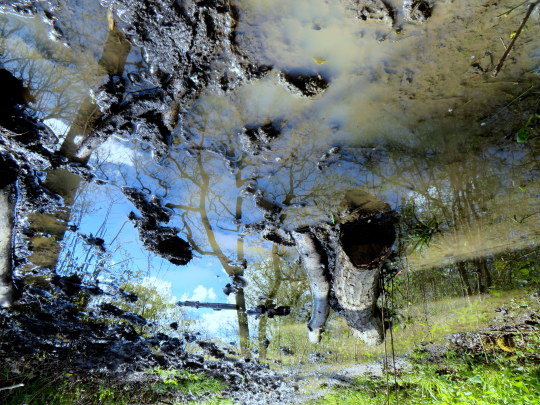In the Archives of the Tate are over a thousand photographs taken by Paul Nash that were donated by the Paul Nash Trust in 1970. Many of the photographs by Nash where studies for paintings but on their own they are surreal marvels. Mostly taken during the 1930s and 40s, the photos sometimes have no date and a guessed idea of the location.
Below are my favourite out of all of the pictures processed, I chose 17 in all. A good deal of them have not been editioned in books or as prints. I have tried to order them in a way I think looks pleasing.
The text I have taken from the large Fischer Fine Art folio of 25 prints by Paul Nash in 1978, in the 25 photographs John Piper picked out, it’s curious how I have selected none of the same images. I have included it as it’s the best and most brief summery of Nash’s talents, and it’s always nice to hear from John Piper.
Paul Nash took photographs for the last sixteen years of his life; that is to say, from 1930 when he was given an American Kodak. The camera was adequate to his purpose and he never became involved enough in the technique of photography to buy himself a more elaborate one or bother with wide-angle or other lenses or even to use a tripod. But his snapshots were neither indiscriminate nor trigger-happy.
As in everything, he was as professional as he needed to be. If he wanted to take something and the sun was not out, he would wait for it; if he wanted a shadow at a certain angle, he would wait for it. He would stalk the Uffington White Horse or Maiden Castle or the stones at Avebury until the place and the light were right and his friends who drove him would have to wait and stalk too. It was often anxious for them and difficult for him since he was seldom well and that kind of effort and concentration was exhausting.
Paul had an economical and obsessive eye and his new toy at once became a valuable weapon. The very first photographs that he took on the way to the United States related to the preoccupations of his painting; a ship’s mast and rigging was a slender echo and anticipation of the open cage structure he often used, the complicated interplay of hard edges and hollowed shadows within the curve of a life-boat proclaimed his interest in the mystery of ordinary things seen from unordinary angles.
No one could have been a less doctrinaire or literary surrealist but he had a punning vision which, with his aptitude for analogue, made his instinctive reaction to the world very close to the more self-conscious and sophisticated surrealist one. His wit with the camera was a natural extension of the wittiness of his words and of his attitude to life. He loved to see the funny side of things without being destructive so the objects that he photographed at Swanage, for example, for his article “Seaside Surrealism” – absurd concrete seats, huge pretentious lamp standards, three concrete steps isolated in a bed of pebbles – all have a double life of incongruity and of beauty.
While on the one hand he used his photographs as immediate aides-memoire to pin down a fleeting glimpse of the famous “Genus Loci” or to record the particular lie of a dead tree or a shadow on a wall, on the other hand he recorded aspects of the countryside that he was never tempted to paint directly but whichhe translated into the magic of his painting. Stone upon stone in miles of dry stone wall, the endless meeting and parting of furrows in an enormous field, layers of cork drying, stacked and roofed like rows of stone fishing huts, the invisible but eloquent bones of a landscape under stretches of featureless grass, all these ancient repetitions, natural or man-made, extend the more immediate subjects of his work and give them their timeless quality.
Paul Nash always had a feeling for the horizontal, at once boundless and embracing, and this is especially noticeable in his photographs. His Kodak, whether by chance or intention, took an exceptionally wide picture. But he always expected things to work for him and they usually did.
– John Piper. 1977.
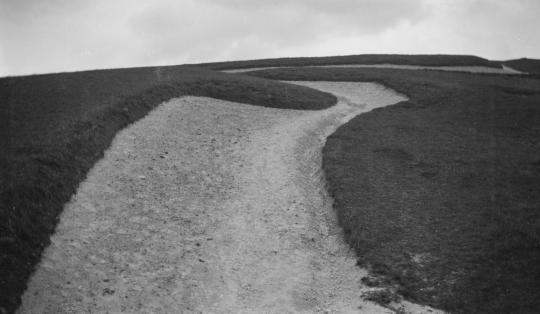
White Horse, Uffington
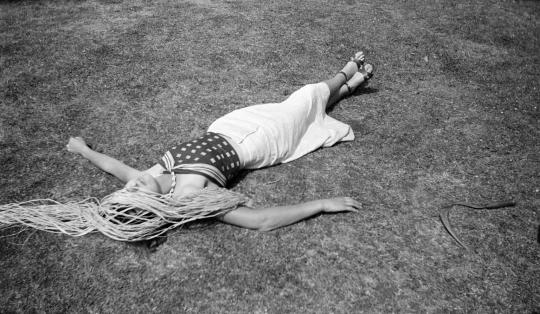
A Woman on a Lawn, Raffia in Her Hair
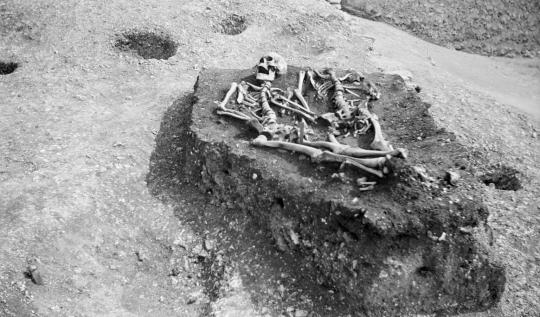
Nest of the Skeletons, Maiden Castle
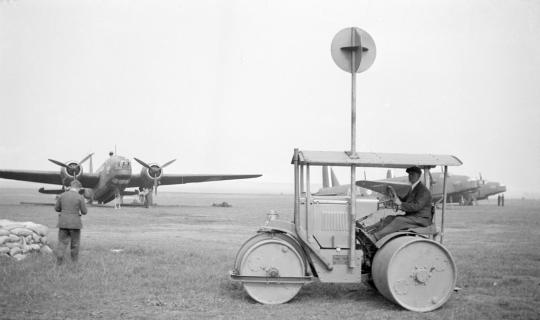
Vickers Wellingtons and steam roller
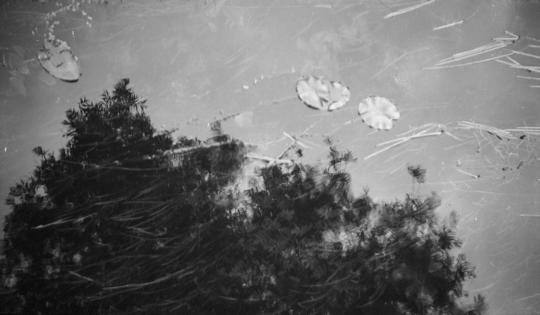
Study of Waterlilies, Hungerford
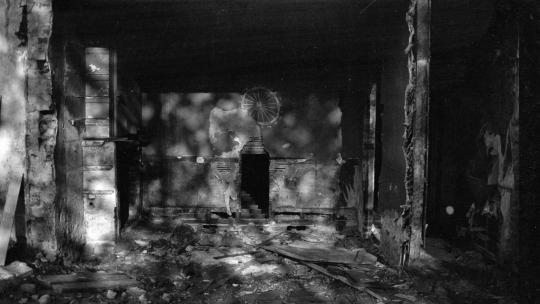
Demolition Landscape
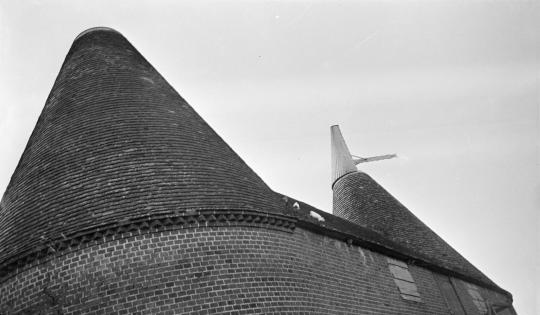
Oast House Roof
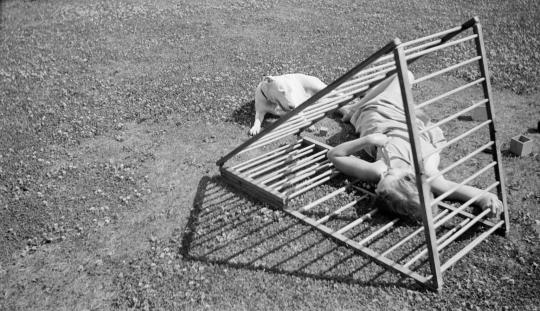
Mrs Bertram and a dog in the garden at the Manor House
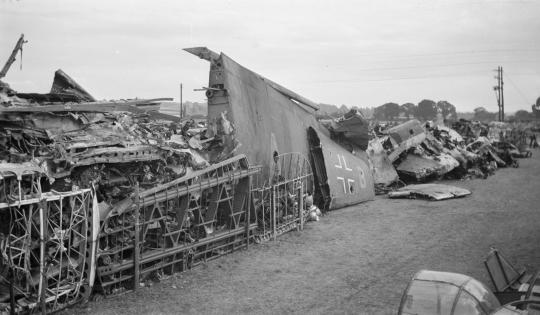
The Cowley Dump (WWII Aircraft Recycling Centre)
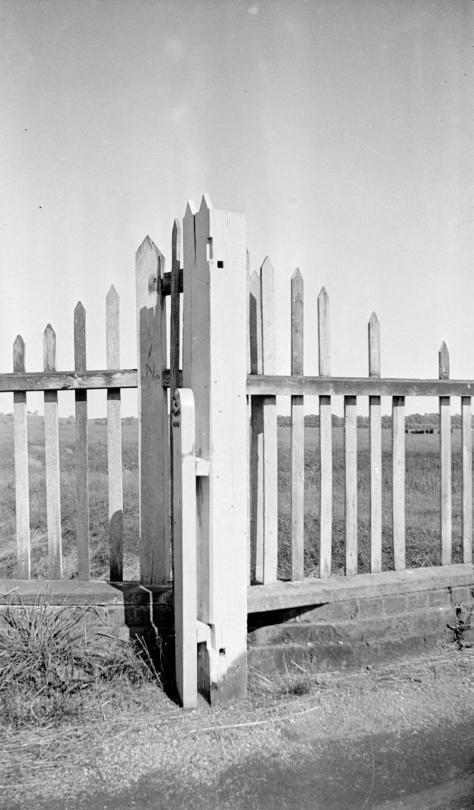
Study of Wood Fencing
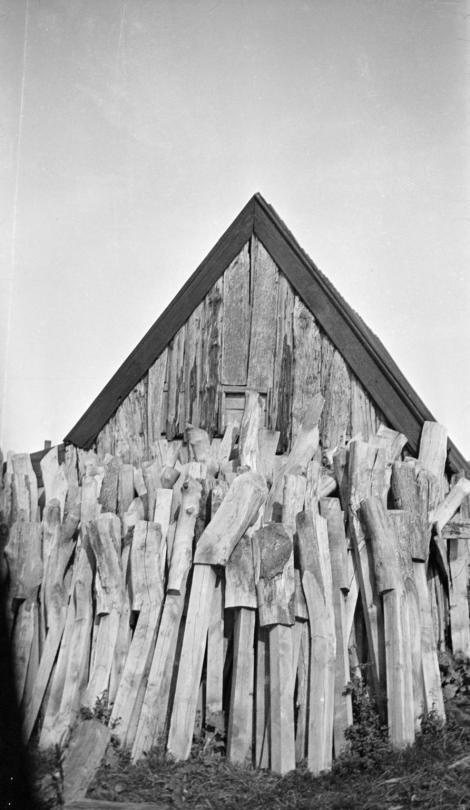
A Woodstack and Barn, Rye

Diving Suit, Drying
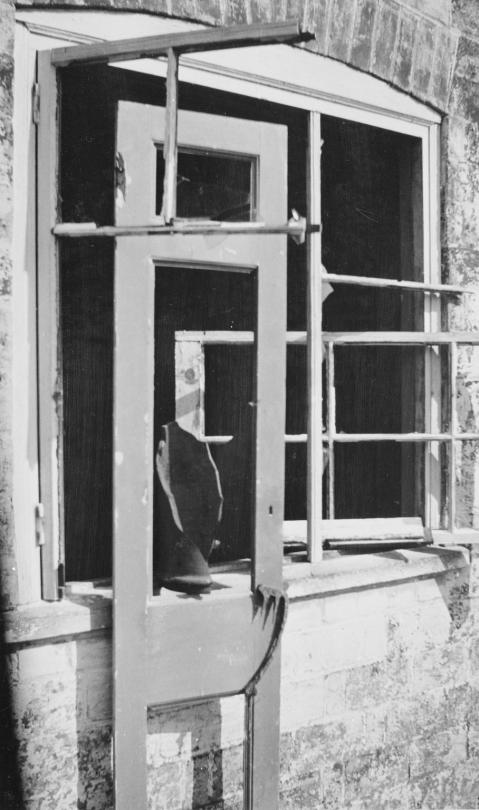
Snape Maltings
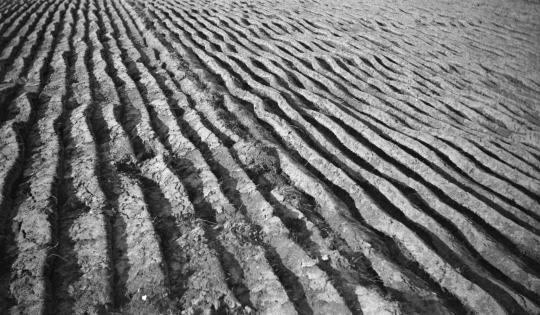
A Ploughed Field
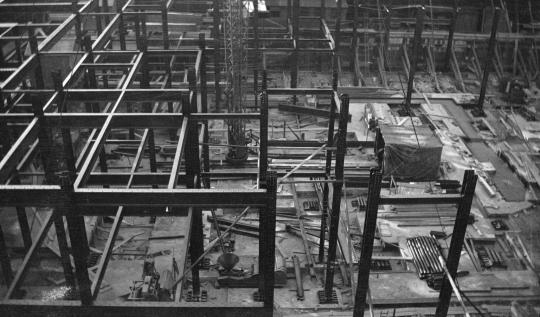
Building Site, in front of St Pancras Station
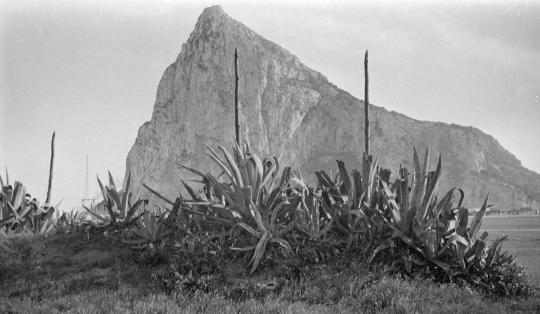
The Rock of Gibraltar
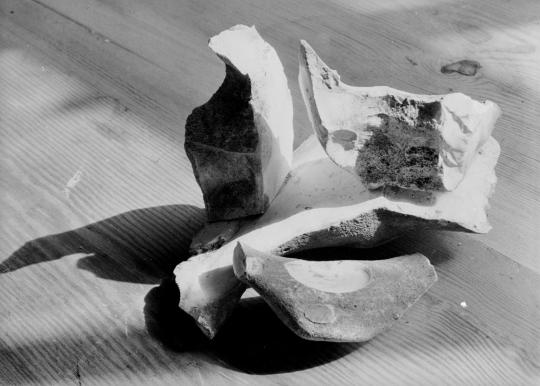
The Nest of Wild Stones
